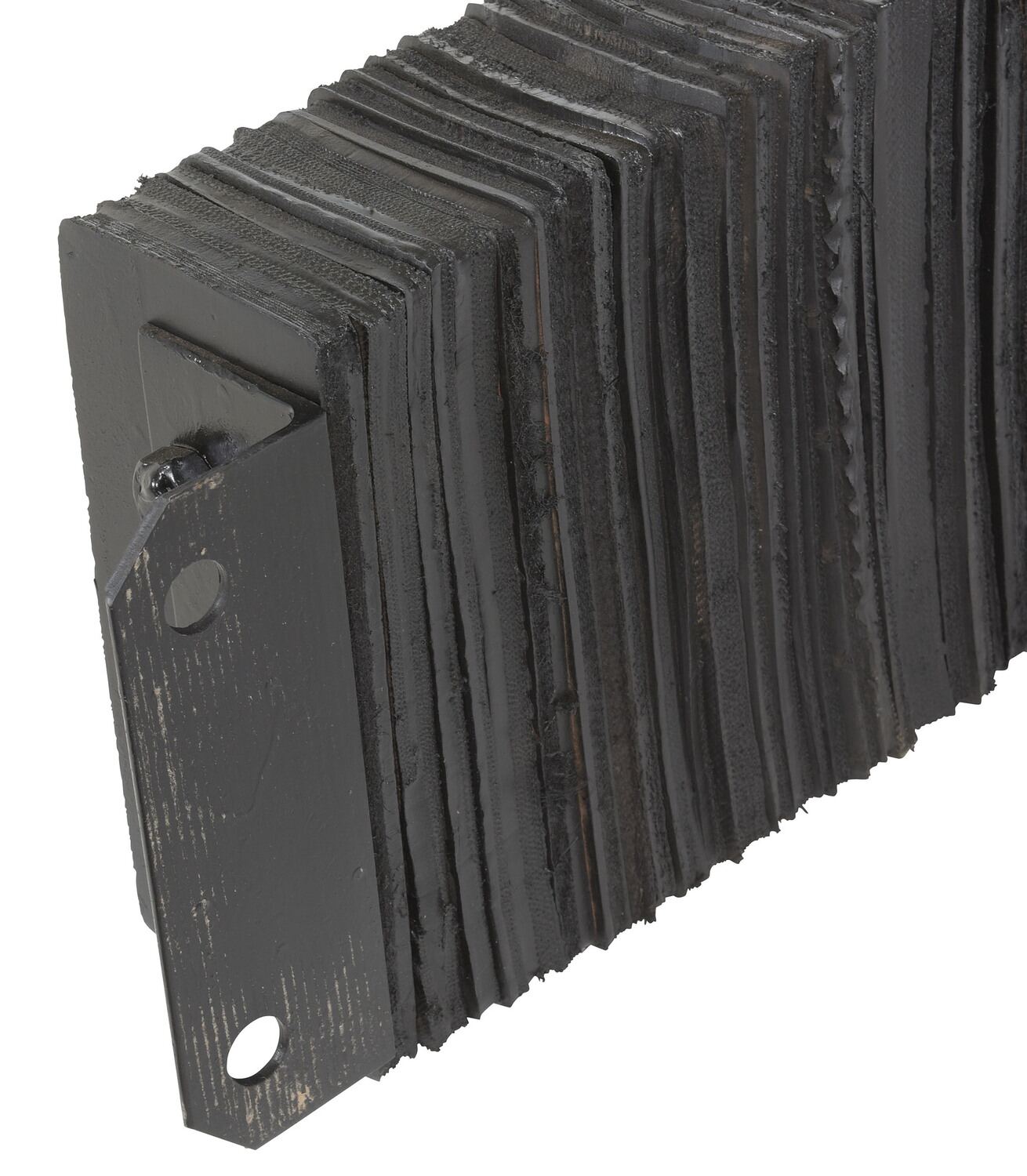Dock Safety Overview
Loading docks are some of the busiest—and most dangerous—areas in a warehouse or distribution center. Dock safety refers to the protocols, equipment, and best practices designed to prevent accidents and injuries at the loading/unloading interface between trucks and the facility.
Why Dock Safety Matters
-
High traffic: Workers, forklifts, and trucks all move through the dock area.
-
Heavy loads: Pallets and materials being transferred are often heavy and difficult to maneuver.
-
Drop-offs and edges: Loading docks often involve elevated edges that can pose fall risks.
-
Time pressure: Loading/unloading is often fast-paced, increasing the chance of mistakes.
Common Dock Hazards
-
Falls from dock edges
A worker or forklift can fall off the edge of the dock if not properly guarded. -
Trailer creep/separation
When a trailer moves away from the dock during loading/unloading, it can lead to dangerous gaps or collapses. -
Slips and trips
Wet or cluttered dock surfaces can lead to injuries. -
Crushed or struck-by incidents
Workers may be pinned between forklifts and trailers or struck by equipment. -
Improper use of equipment
Misusing dock levelers, ramps, or restraints can result in failure or accidents.
Key Dock Safety Solutions
1. Dock Levelers and Plates
Bridge the gap between the dock and trailer bed to ensure safe transfer of materials. Choose between mechanical, hydraulic, and air-powered versions.
2. Vehicle Restraints
Lock trailers into place to prevent trailer creep or early departure.
3. Dock Bumpers
Protect the dock structure and trailer by absorbing impact during docking.
4. Dock Seals and Shelters
Maintain temperature control and protect workers and goods from weather and exhaust during loading.
5. Safety Barriers and Gates
Install dock edge guards or folding safety gates to prevent people and equipment from falling off the dock.
6. Proper Lighting
Illuminates dark trailers and prevents visibility-related accidents.
7. Signage and Mirrors
Improves communication and visibility for drivers and dock workers.
Best Practices for Dock Safety
-
Train all employees on proper procedures and emergency responses.
-
Enforce PPE (personal protective equipment) like steel-toed boots and high-visibility vests.
-
Inspect all dock equipment regularly for wear or damage.
-
Post clear signage regarding speed limits and dock use rules.
-
Maintain a clean, dry, and clutter-free dock area.
OSHA Regulations to Know
The Occupational Safety and Health Administration (OSHA) provides several standards that apply to dock safety, such as:
-
29 CFR 1910.178 (powered industrial trucks)
-
29 CFR 1910.22 (walking-working surfaces)
-
29 CFR 1910.23 (guarding floor and wall openings)
Summary:
Dock safety is about creating a secure, efficient environment for loading and unloading goods. Investing in the right equipment, enforcing training, and maintaining a culture of safety significantly reduces risks and improves operational performance.
Check out our Dock Equipment!

